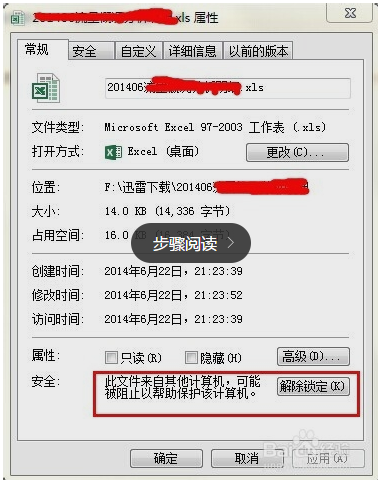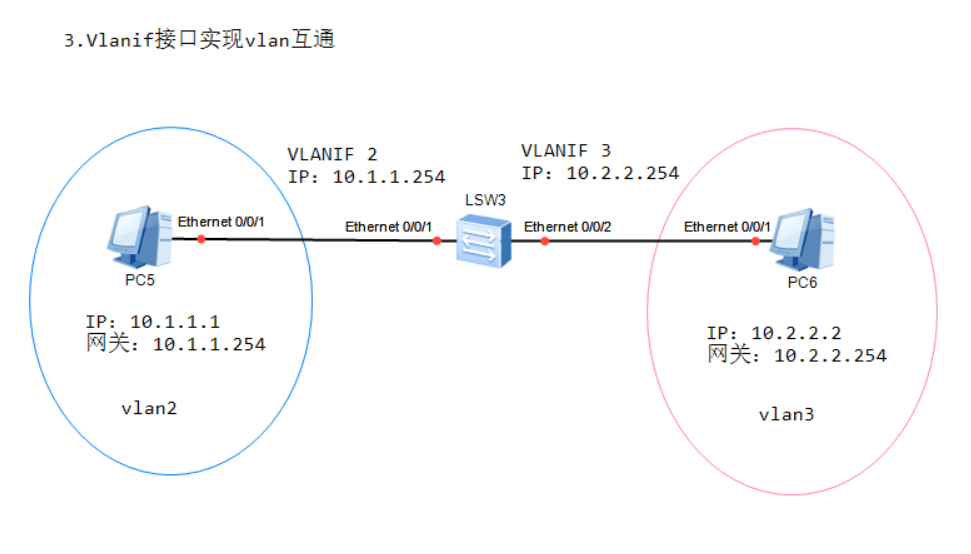什么是g
from flask import g
在flask,g对象是专门用来存储用户数据的,它是global的缩写,g是全局变量,在整个request生命周期内生效。
g对象如何使用
-
官方解释
The application context is created and destroyed as necessary. It never moves between threads and it will not be shared between requests.
As such it is the perfect place to store database connection information and other things. The internal stack object is called flask.appctx_stack.
Extensions are free to store additional information on the topmost level, assuming they pick a sufficiently unique name and
should put their information there, instead of on the flask.g object which is reserved for user code. -
非官方解释
g 保存的是当前请求的全局变量,不同的请求会有不同的全局变量,通过不同的thread id区别,像数据库配置这样重要的信息挂载在app对象上,一些用户相关的数据,就可以挂载在g对象上,这样就不需要在函数里一层层传递。 -
使用案例
from flask import Flask, request, gapp = Flask(__name__)@app.route('/youhui') def youhui():grade = request.args['grade']g.grade = gradereturn get_amount_by_grade()def get_amount_by_grade():grade = g.gradeif grade == 'a':return '100'else:return '80'if __name__ == '__main__':app.run(host='0.0.0.0', port=5500)g对象的出现,让你在任何位置都能获得用户数据,避免了在函数参数里传递这些数据。
g对象的生命周期
-
g对象在整个request请求处理期间生效,这表明,g对象是与request是一一对应的。一次request请求,就有一个g对象,在这次请求之前,之后,以及同时间的请求里,他们互不干扰。
-
你在g对象里存储的数据,只能在这一次请求里使用,请求处理结束后,这个g对象就销毁了,存储的数据也就不见了。
-
g对象的生命周期虽然只是一次请求的生命周期,但它是一个应用 上下文对象。
g对象和session的区别(非官方)
-
session对象是可以跨request的,只要session还未失效,不同的request的请求会获取到同一个session,但是g对象不是,g对象不需要管过期时间,请求一次就g对象就改变了一次,或者重新赋值了一次。
-
也就是说session可以在我们的这个网站随意都可以用 而 g只能是这次的请求如果重定向之后就会改变。






